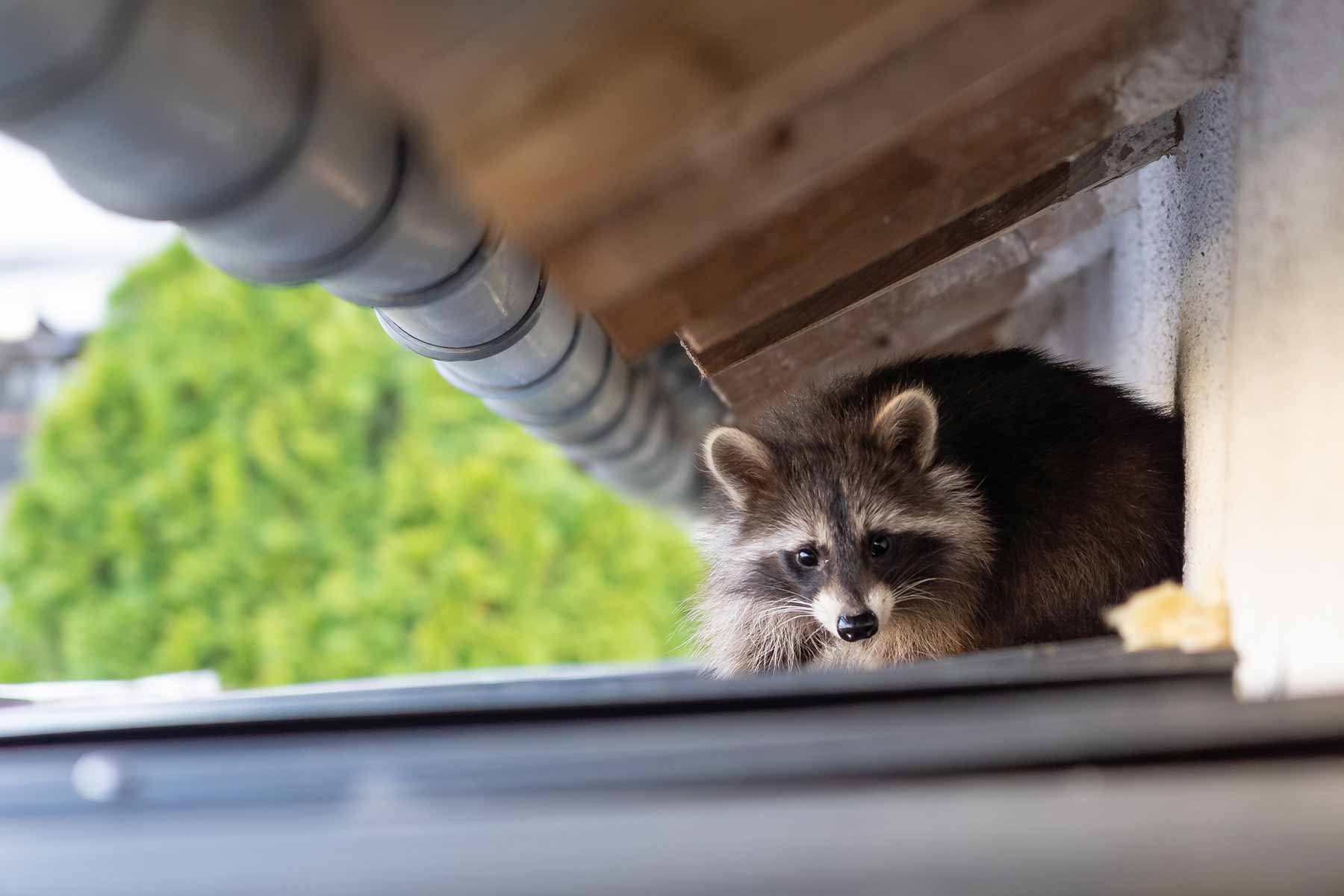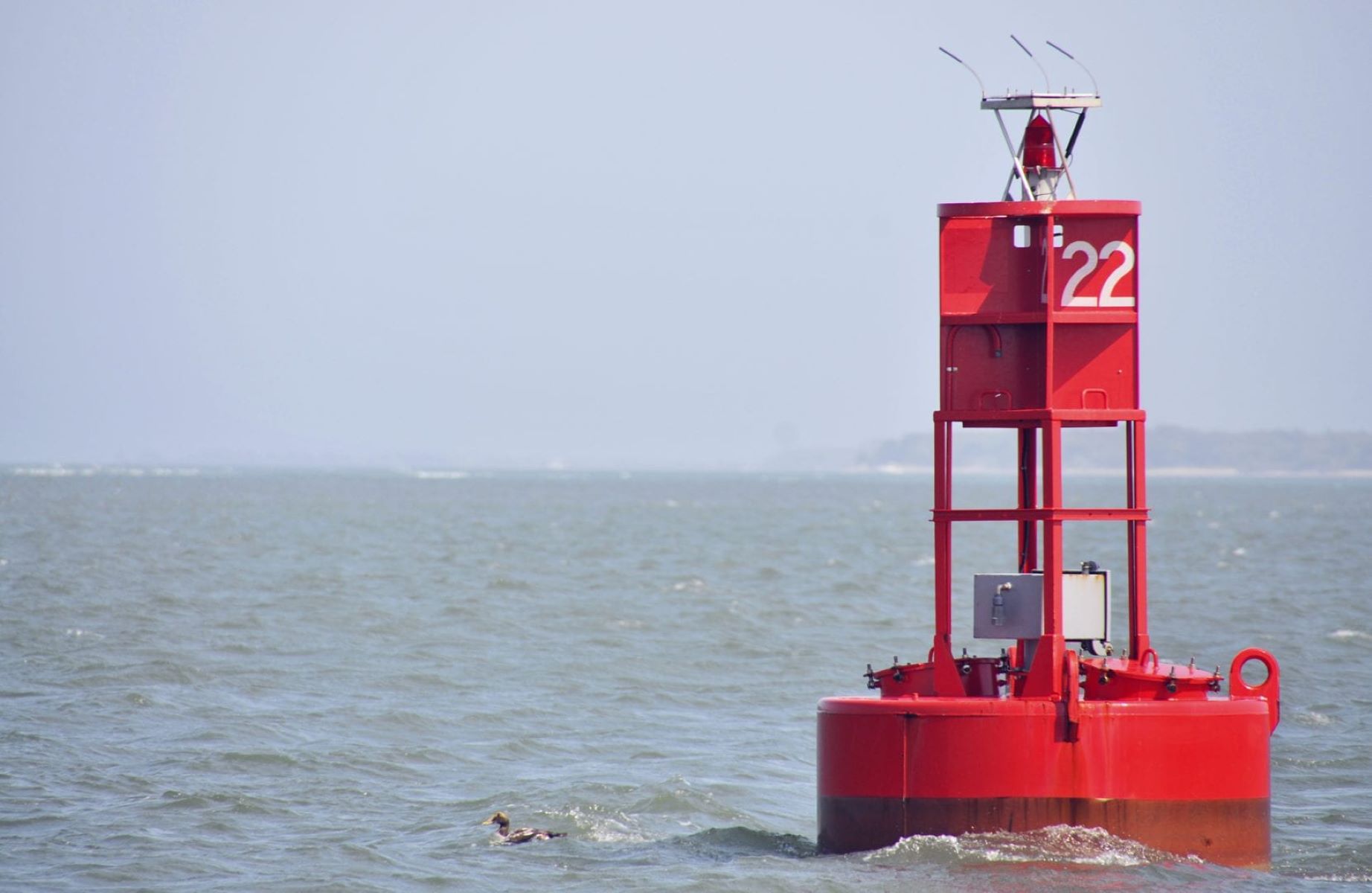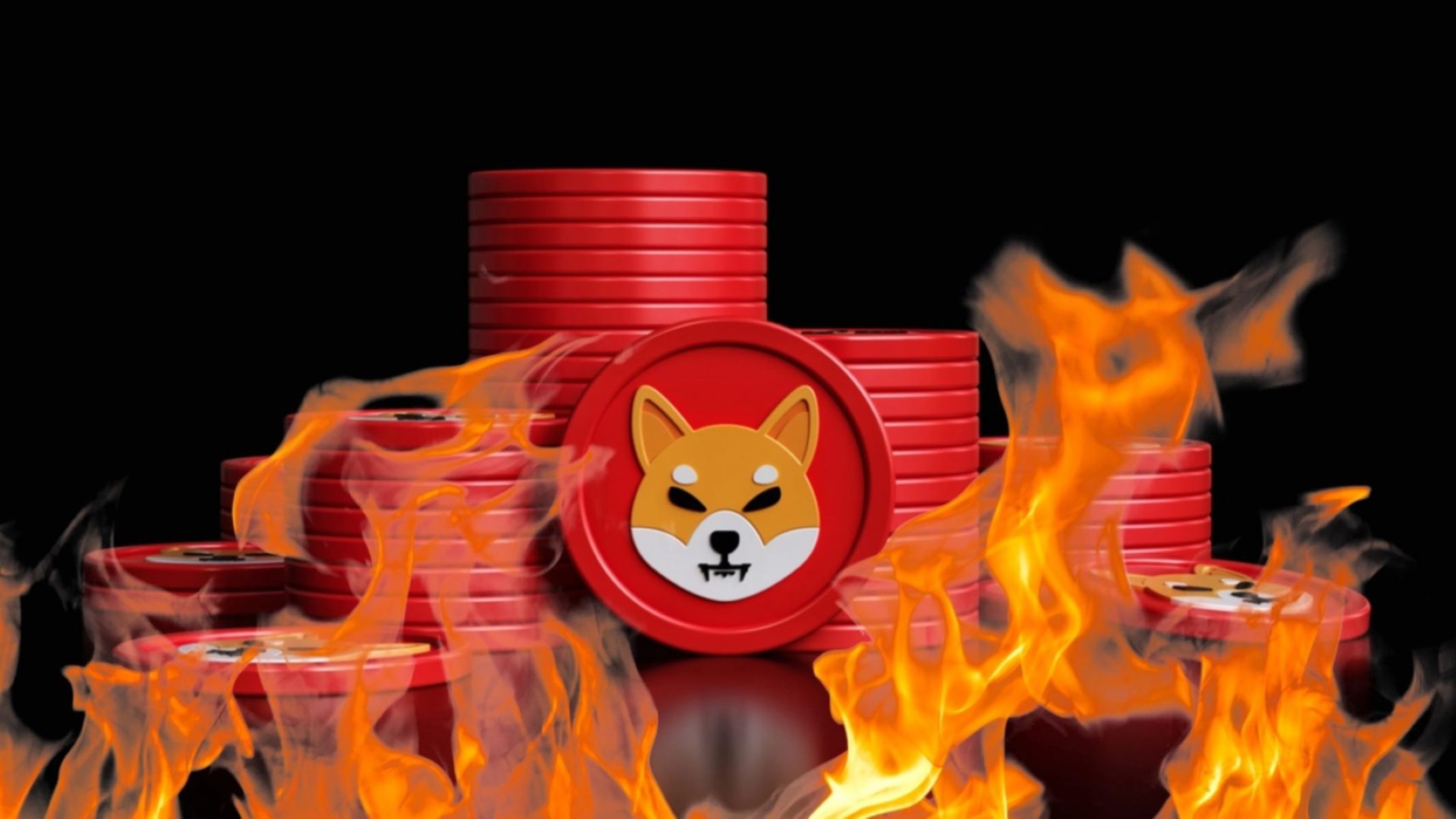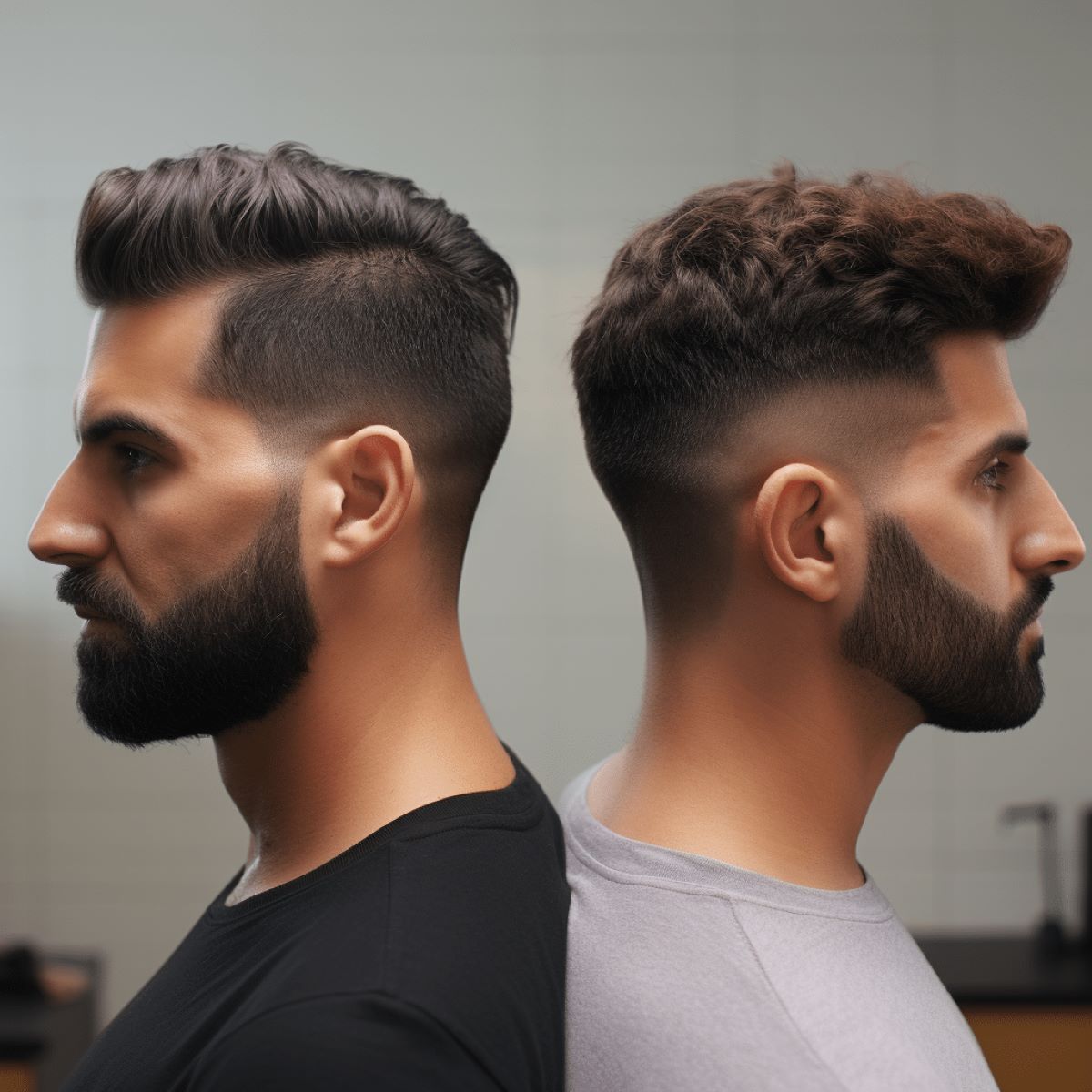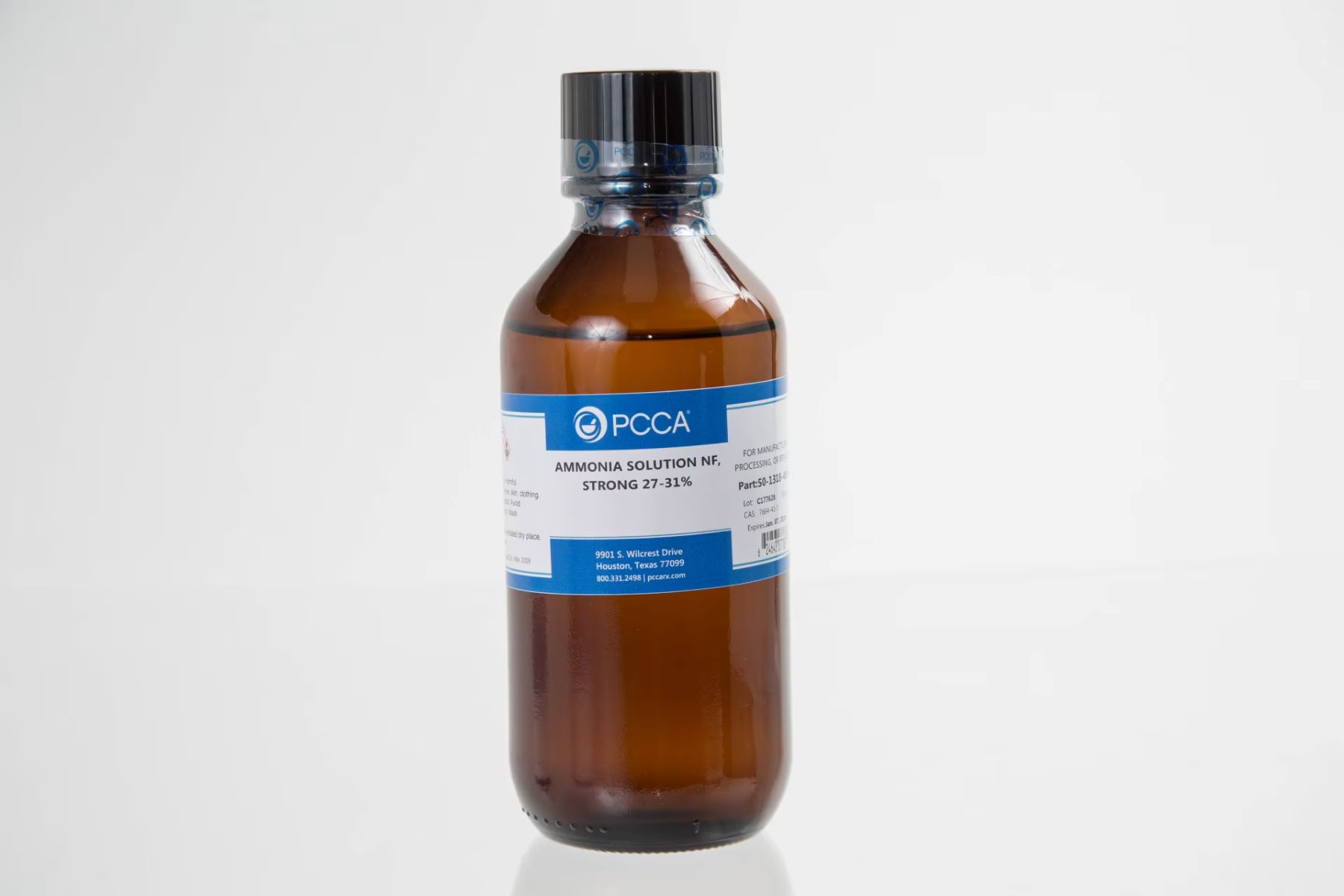Home> Local News
Local News
By: Dayle Wilkes • Local News
Shocking Encounter: Puppy’s Close Call With Rabid Possum!
Introduction Picture this: a serene neighborhood, a cozy backyard, and a playful puppy exploring its surroundings. Everything seems idyllic until an unexpected and potentially dangerous encounter disrupts the tranquility. In a quiet suburban area, a puppy had a shocking brush with a rabid possum, sending ripples of concern through the...
Read MoreBy: Lian Jorge • Local News
The Truth About Rave Parties: Why They’re Banned In India
Introduction Rave parties have long been a subject of controversy and fascination. These high-energy, all-night dance gatherings, often featuring electronic music and pulsating light shows, have captivated the interest of young people around the world. However, their presence has also sparked debates and concerns over issues such as drug abuse,...
Read MoreBy: Nance Kell • Local News
Surprising Cost Of Removing Raccoon Family From Chimney And Cleanup Revealed!
Introduction Raccoons are known for their cunning and resourcefulness, often seeking shelter in unsuspecting places. One such common location is the chimney of residential homes. While the presence of a raccoon family in the chimney may initially seem like a harmless inconvenience, the reality is quite different. The cost of...
Read MoreBy: Fania Youngs • Local News
The Shocking Truth Behind The Heavens Stairway Incident
Introduction The Heavens Stairway Incident has captured the attention of the nation, stirring up a whirlwind of speculation and intrigue. The mere mention of Heavens Stairway sends shivers down the spine, evoking a sense of mystery and foreboding. This enigmatic occurrence has become the focal point of countless discussions, captivating...
Read MoreBy: Moyna Jamieson • Local News
The Surprising Rule You Didn’t Know About Making Right Turns On Red
Introduction Making a right turn on red may seem like a routine driving maneuver, but there's more to it than meets the eye. This seemingly simple action is governed by a set of rules and regulations that ensure the safety of both drivers and pedestrians. Understanding the nuances of the...
Read MoreBy: Pooh Dagostino • Local News
Unveiling The Surprising Response To Spotting A Red Buoy When Returning To Port!
Introduction As sailors and boaters navigate the open waters, they encounter an array of markers and buoys that serve as vital guides for safe and efficient travel. Among these navigational aids, the red buoy stands out as a beacon of significance, holding both practical and psychological importance for those returning...
Read MoreBy: Shannen Dobbins • Local News
Mysterious Package Stuck In USJFKA, USA – How Long Will It Stay?
Introduction The bustling atmosphere at USJFKA, USA, was abruptly disrupted when a mysterious package arrived at the airport, triggering a wave of curiosity and concern among passengers and airport staff. The unexpected arrival of this enigmatic parcel has sparked a series of security measures and raised questions about its contents...
Read MoreBy: Brandea Eldridge • Local News
Is East Harlem Safe For Young Women? Find Out Now!
Introduction East Harlem, also known as El Barrio, is a vibrant neighborhood in the northeastern part of Manhattan, New York City. It is a melting pot of cultures, rich in history and diversity. The area is home to a growing population, including young women who contribute to the community's dynamism...
Read MoreBy: Dodi Govea • Local News
The Surprising Distinction Between Towns And Townships
Introduction The distinction between towns and townships is a subject that often perplexes many individuals, particularly those residing in areas where both entities coexist. Understanding the characteristics and roles of towns and townships is essential for grasping the nuances of local governance and community development. While these terms may appear...
Read MoreBy: Carolynn Yap • Local News
Introduction Have you ever been awakened in the dead of night by the unmistakable thumping of rotor blades slicing through the air? Your mind races, and you wonder, "What's happening out there?" It's a scenario that plays out in neighborhoods across the country, leaving residents curious and sometimes concerned about...
Read MoreBy: Veronika Palladino • Local News
Mysterious Smoke Persists Despite Radiator Fix – What’s Going On?
Introduction Picture this: You're cruising along the open road, the sun casting a warm glow over the landscape, and everything seems just right. Suddenly, a wispy trail of smoke catches your eye, billowing from beneath the hood of your car. Your heart skips a beat as you pull over to...
Read MoreBy: Vikky Bard • Local News
Mysterious Invasion: Unexplained Earwig Infestation In Parents’ House
Introduction It was a typical summer day when the unexplainable invasion commenced. The tranquility of my parents' home was disrupted by an unexpected and mysterious occurrence – an earwig infestation. The once serene haven, adorned with vibrant blooms and lush greenery, was now besieged by these enigmatic insects. As I...
Read MoreBy: Jordain Dacosta • Local News
Burning Shib: Unveiling The Surprising Truth And Its Impact!
Introduction Burning Shib has recently emerged as a hot topic, captivating the attention of both environmental enthusiasts and the general public. The practice of burning Shib, which has been a longstanding tradition in certain communities, is now under scrutiny due to its potential environmental and societal impacts. This age-old ritual,...
Read MoreBy: Amandi Schroeder • Local News
Dealing With An Autistic Stalker: 1 Year Of Non-Stop Calls
Introduction Dealing with an Autistic Stalker: 1 Year of Non-Stop Calls Imagine living in a world where your every move is scrutinized, your privacy invaded, and your sense of security shattered. This is the harrowing reality that countless individuals face when they become the target of stalking behavior. Now, add...
Read MoreFeatured
By: Doria Ngo • Featured
The Ultimate Guide To Taper Vs. Fade Haircuts: Unveiling The Key Differences
Read MoreBy: Charlot Alejo • Astrology
The Unconventional Aquarius: Sun, Sagittarius Moon, And Aquarius Rising Revealed!
Read More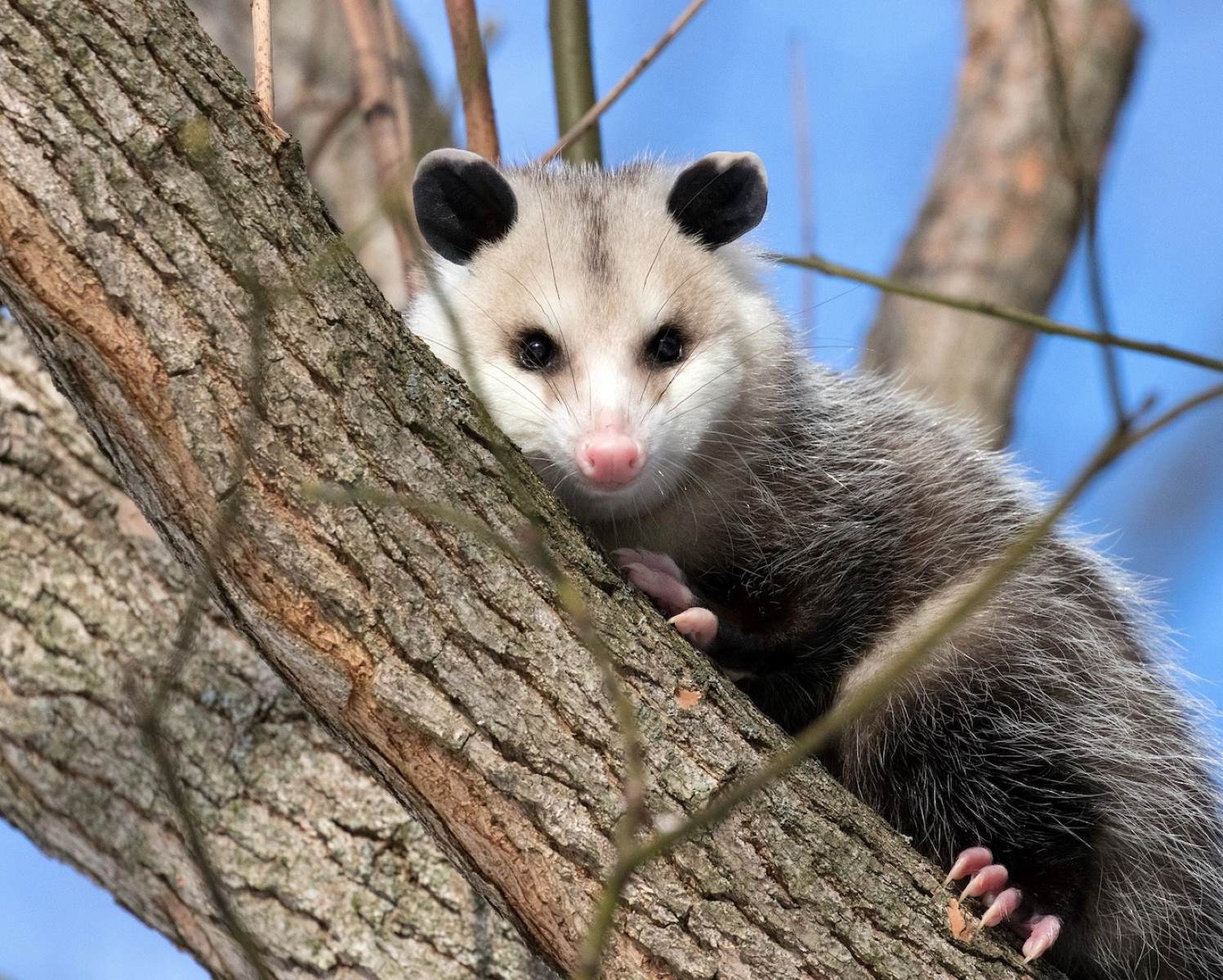
PLEATED LAMPSHADE ARE MY NEW FAVORITE THING

SHOULD WE STAY LIGHT OR GO DARK WITH PAINTING OUR TINY MASTER BEDROOM?

